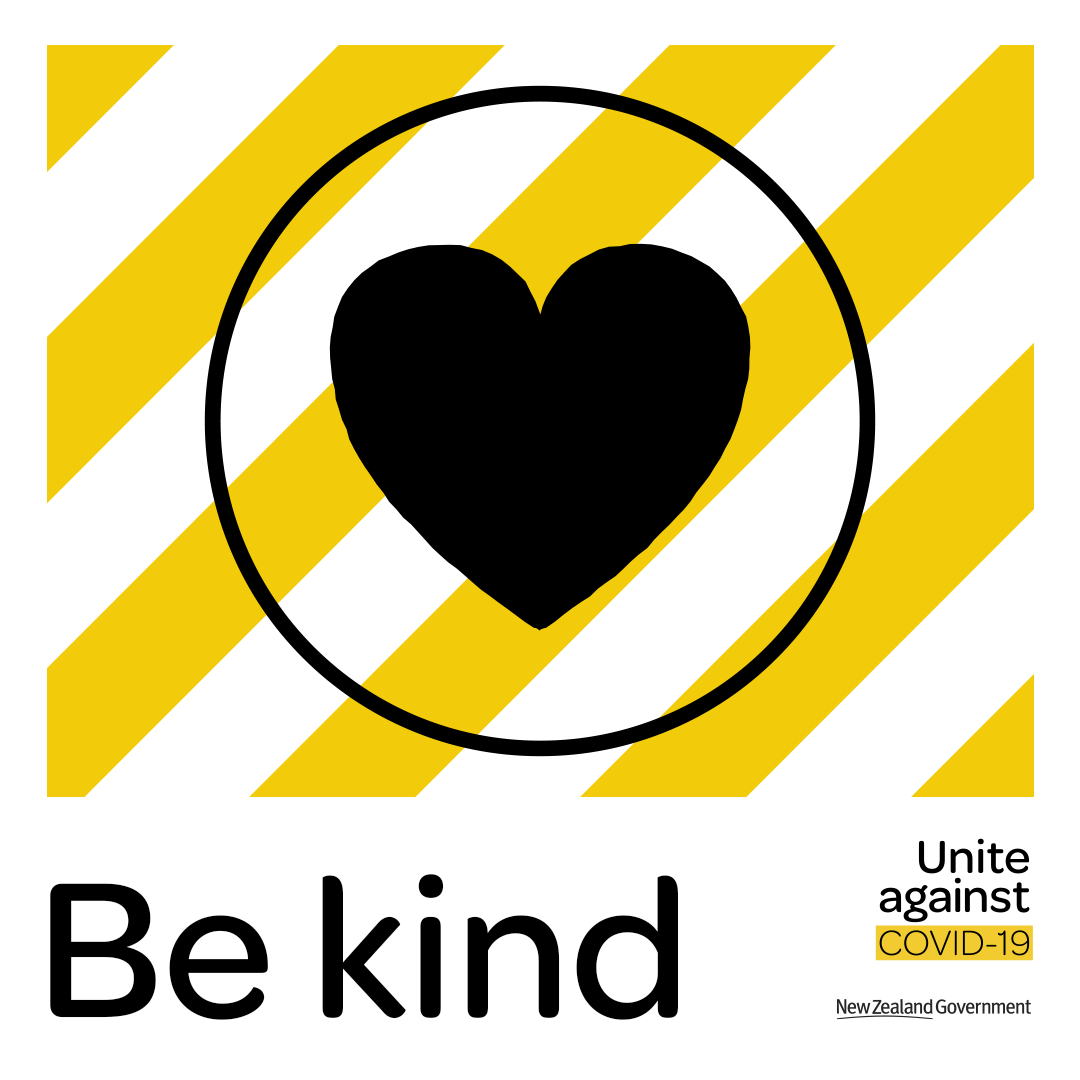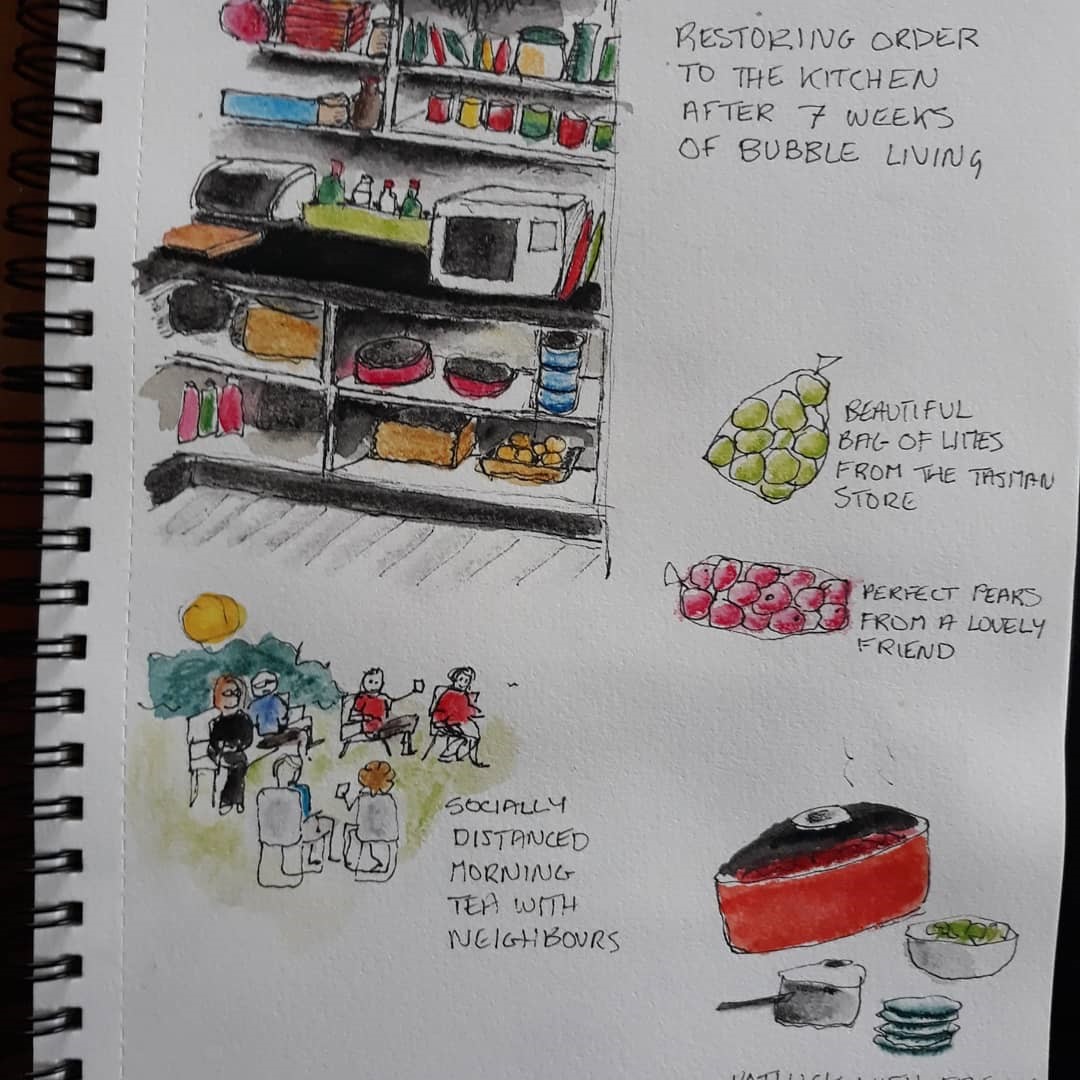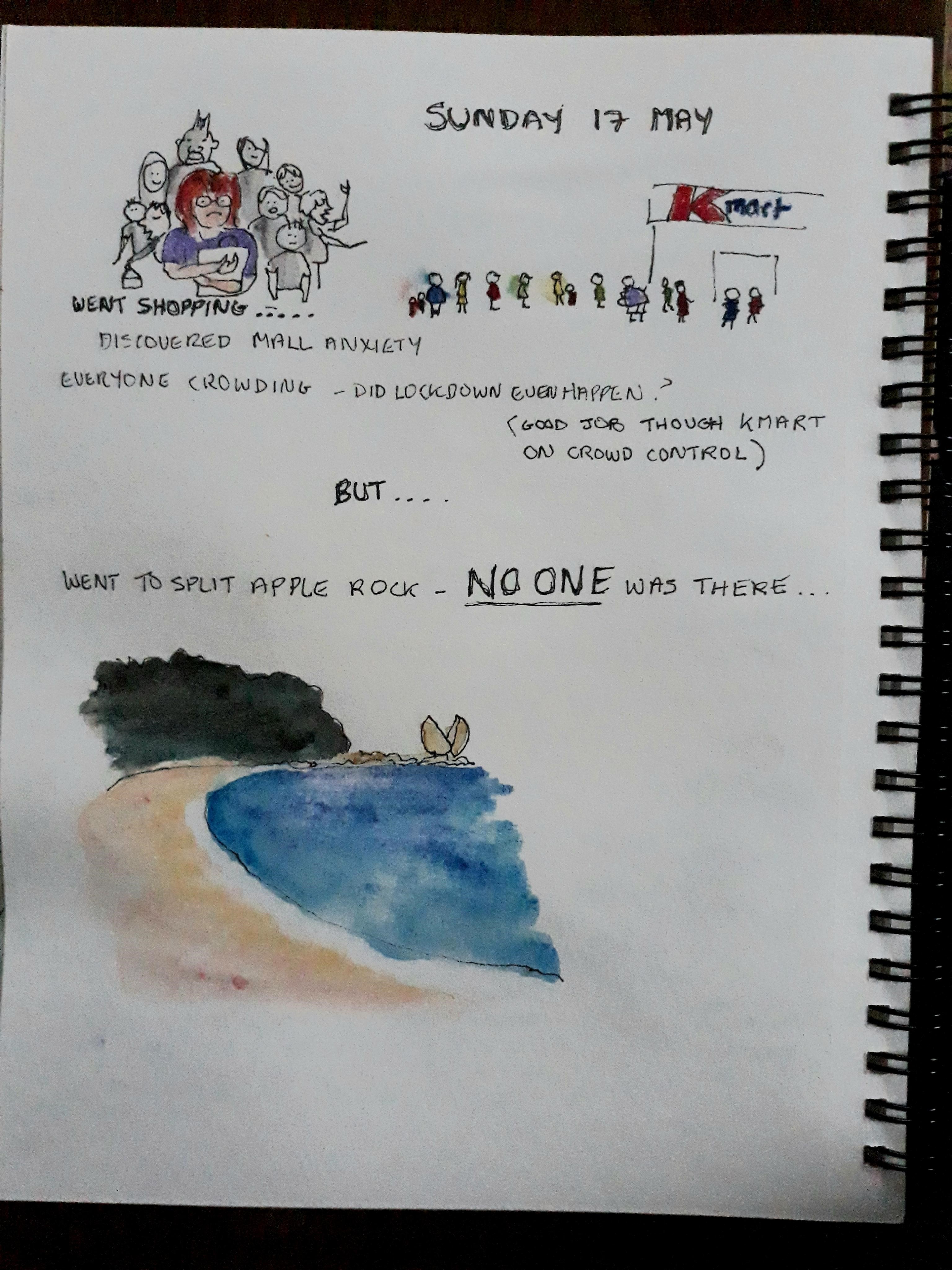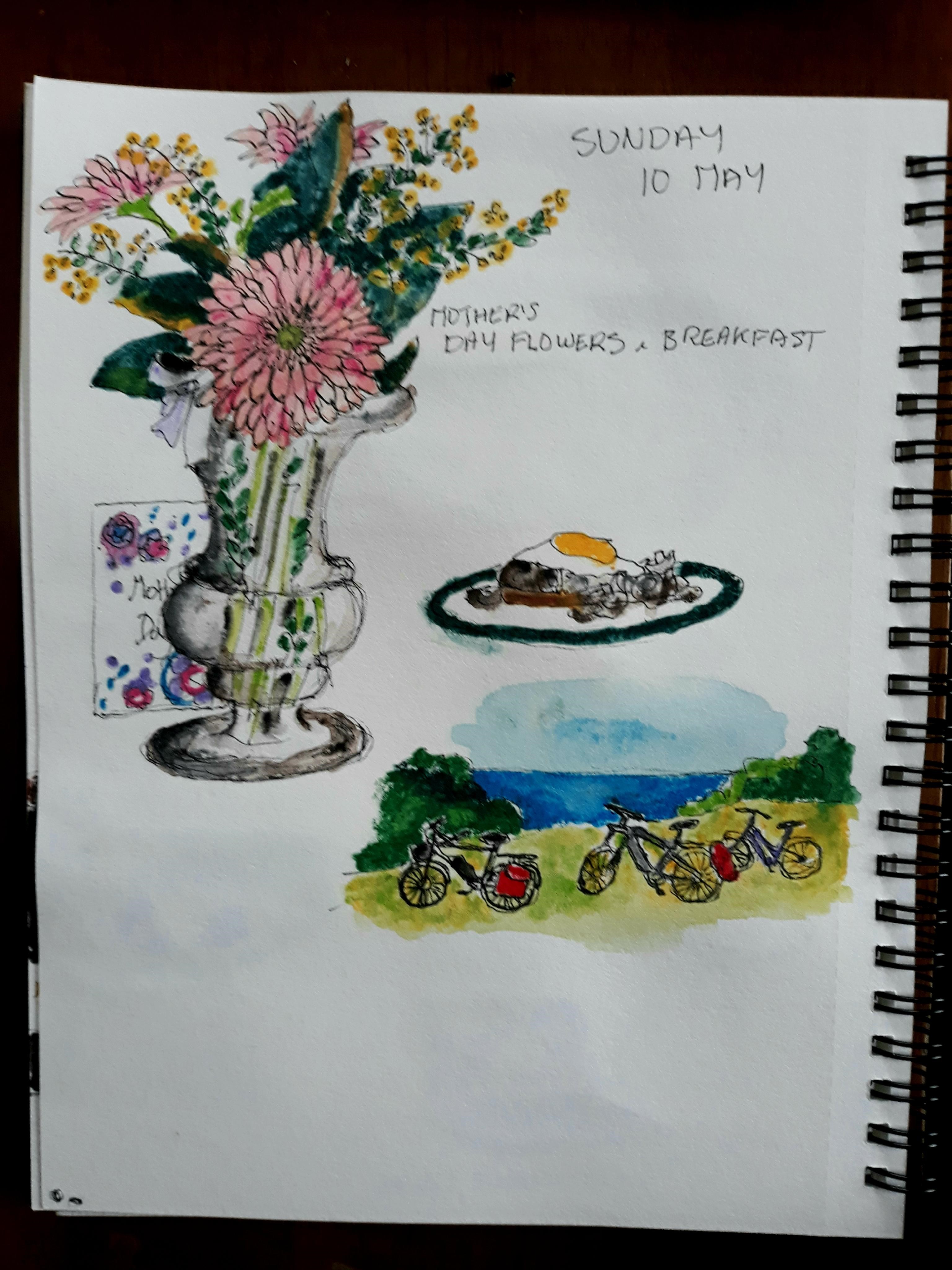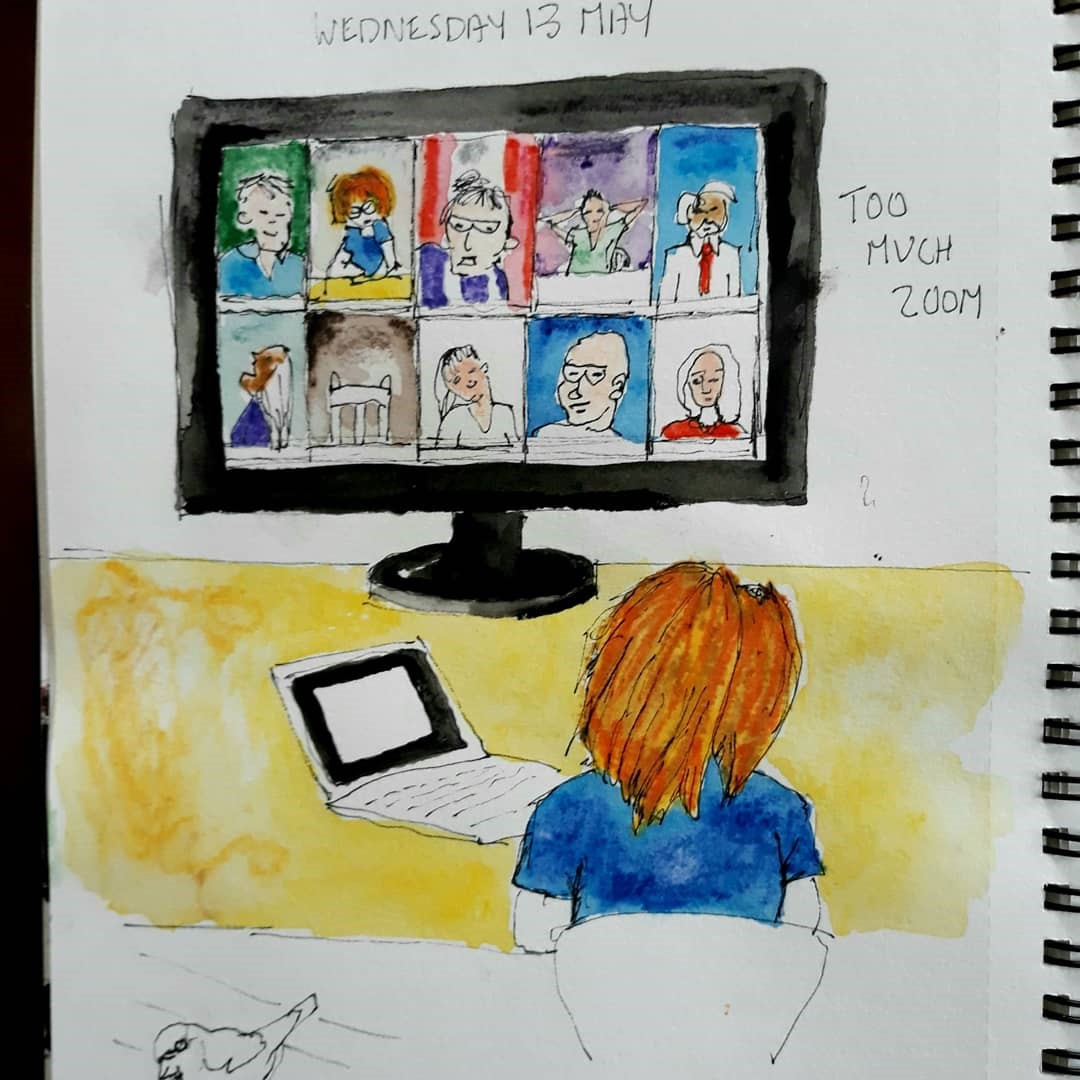COVID 19 and Te Tau Ihu
New Zealand first experienced the impact of the COVID-19 pandemic in 2020, some months after the virus was identified in China.
New Zealand first experienced the impact of the COVID-19 pandemic in 2020, some months after the virus was identified in China. New Zealand suffered few deaths, and relatively few cases, however the economic, social and emotional impact of lockdown and closed borders, alongside the constant fear of what might happen, has been significant, and ongoing.
Te Tau Ihu, like most of the South Island suffered few cases and deaths, but experienced restrictions and lockdowns with the rest of the country. The nationwide lockdowns of March to May 2020, when the country was in Alert Levels 3 & 4, and people had to stay at home and remain within their household bubble, may turn out to be one of the defining historic moments of the 21st century.
The Life in the Bubble project, initiated by the Nelson Provincial Museum, Nelson Public and Tasman District Libraries, invited people to document their experiences of this time, in physical and digital formats. Alongside this, the Nelson Provincial Museum collected created in response to the pandemic. Many of these objects, documents, photographs and associated stories can be seen on the Museum’s Collections online site.
Pieces written for the Life in the Bubble Project
A collection of pieces contributed by the community to the project.
Diaries
- Rosemary Venner - Covid Diary (March 26 - April 27 2020)
- Terri Leighton - Day 2 of Level 4
- Blog in a time of virus by Jan Marsh
- Lockdown Diaries - Olive Estate Writers Group
- A visual diary - Karen Lee
Poems
- Jan's response to Covid - Jan Glover
- Life in the Bubble - poem from the Nelson Cathedral Bulletin
- Lockdown Poem - Olive Estate Lifestyle Village Writers Group
- Lockdown Poem - Julie Meagher Olive Estate
- Life in the Bubble - Jo Blackmore
- Life in the Bubble Chris Bentley
Writings and thoughts
- The reality of routine at home by Charles Anderson
- Life in the Bubble - Anonymouse
- Recollection by Katrina Raven
- Life in the Bubble by Lizette Araceli Ramirez Ramos
- Life in the Bubble by Marisela Hernandezo
- Life in the Bubble by Sally Warwood
- Life in the Bubble - Grant Newman (Air New Zealand)
- The chrysalis - JingJing Jackson
Pictures
Contributions from children and young adults
- Common themes from local Rangitahi teens
- Lockdown Photo essay - Lucy Daughtrey
- Post-it note thoughts:
Selection 1
Selection 2
Selection 3
Selection 4 - Life in the Bubble - Laela-Mae Keeler
- Life in the Bubble - Matti Raven
- Life in the Bubble - Bobby Besley
- Life in the Bubble - Ben Stanley
- Life in the Bubble - Nathan Lee Hall
COVID-19 and Te Tau Ihu - a summary
The first case in the region was notified to the Nelson Marlborough Medical Officers of Health on 20 March, and the last one on 29 April, with a total of 50 cases. Three cases required acute hospital care for some stage of their illness – two at Wairau Hospital and one at Nelson Hospital. Two people required intensive care. 32 acute hospital bed-days were used to care for COVID-19 patients, across intensive care and general wards. No COVID-19 deaths were recorded locally.
Some statistics:
- 27 cases were women, 23 were men. The ages ranged from 12-82 years, with a median age of 45 years.
- The ethnicity breakdown is: 41 cases European or ‘other’, 7 cases ethnicity Māori, 1 case NZ European/Māori, 1 case Pasifika
- The regional breakdown for cases under territorial authorities (the national requirement for case reporting) is: 22 cases were resident in the Marlborough District, 21 in the Tasman District, 7 in Nelson City.
A timeline of key COVID developments in New Zealand:
- 2019 - 29 December - Chinese authorities advise the WHO of cases of pneumonia of unknown cause, originating in Wuhan, Hubei province.
- 2020 - 7 January - China isolates a novel coronavirus, at first called 2019-nCoV and later SARS-CoV-2
- 30 January - WHO declares the epidemic a global health emergency
- 12 February - Disease renamed COVID-19
- 16 March - Government bans non-essential outdoor gatherings of 500-plus people; schools and universities exempt
- 19 March - Government bans indoor events with more than 100 people; exemptions for workplaces, schools, supermarkets and public transport. Government also advises New Zealanders not to travel overseas and urges New Zealanders who are travelling overseas to consider returning home immediately
- 20 March - Border closed to most foreigners
- 21 March – Following the border closure, an alert level system is announced. New Zealand is at Level 2
- 23 March - Government lifts country to Alert Level 3 and announces widespread restrictions on movement will come into effect at 11.59pm on 25 March under Alert Level 4
- 27 April - Total deaths: 19. Combined total 1469. Alert Level reduced from 4 to 3 at 11.59pm
- 13 May – With no new cases, in stages over the coming days, New Zealand moves from Alert Level 3 to 2
- 2021 - 23 June 2021
Wellington region put into Alert Level 2 until 29 June, following the visit of an Australian man who tested positive after returning to Sydney - 9 August - scare at Tauranga when ship Rio de la Plata unloaded by Port workers, and crew found to have Delta variant of COVID.
- 17 August - A case of COVID-19 detected in the community in Auckland and confirmed as Delta variant. An Alert Level 4 lockdown applied in Auckland and Coromandel for seven days and in the rest of the country for three days.
- 20 August - Alert Level change: All of New Zealand will be in Alert Level 4 until 11.59pm on Tuesday 24 August. Total of 31 cases, 3 in Wellington, rest in Auckland.
- 23 August - Alert Level 4 will be extended in Auckland until 11.59pm on Tuesday 31 August, and in the rest of the country until 11.59pm on Friday 27 August.
- 31 August - Alert Level change: New Zealand other than Auckland and Northland drop from level 4 to level 3
- 2 September -Alert Level change: Northland moves to level 3 at 11.59pm
- 7 September - NZ, except for Auckland, drops to L2 "Delta". 1 new death has been recorded.
- 20 September - cases in Hauraki area, which moves to Level 4. Auckland drops to Level 3 following day, and is joined by Hauraki, which drops to L2 25 September.
- 3 October - cases in Waikato and that area moves to L3. One death 6 October. NZ moving to suppression, not elimination strategy as cases rise.
- 8 October - Northland in L3, moving back to L2 19 October
- 13 October - launch of My Covid Record website, with vaccination records and My Vaccine Passes available in November
- 29 November - booster doses of Pfizer vaccine available
- 2 December - new traffic light system for Alert levels starts
- 2022 - 18 January - First confirmed Omicron community cases. All of New Zealand moves to the Red.
- 23 Jan - 9 Nelson Marlborough cases confirmed with Omicron, which soon becomes the dominant variant in NZ
- 3 Feb staged border reopening underway and new mask rules
- 24 Feb - self diagnosed RAT testing becomes widely available
- 27 Feb - self isolation and not MIQ introduced for returning New Zealanders (removed entirely for Australian returnees from 2 March and for all NZ citizens from 18 March
- 4 April - Vaccine passes are no longer required
- 13 April - the country moves to the orange traffic light and indoor capacity limits removed
- 28 June - second booster available for over 50's, to be rolled out to all over following months
- 31 July - border fully reopened
- 12 September - COVID-19 Protection Framework (the traffic light system) ended, as did the requirement for some other COVID-19 public health measures including the requirement to wear masks in shops, libraries, and on buses.
- 26 September 2022 all remaining Government vaccine mandates end.
- Total deaths attributed to COVID-19 to this date: 2030
A complete COVID timeline for New Zealand has been compiled by NZDoctor.
2022
Story by: Nelson Public Libraries
Further Sources
Books
- Little, P. (2020) The Covid chronicles: Lessons from New Zealand. Auckland, New Zealand : HarperCollinsPublishers
https://tepuna.on.worldcat.org/oclc/1197685817 - Turnbull, M. (2020) A Snapshot of Covid-19 Alert Level 4 Lockdown. Mapua, Ruby Bay New Zealand. Mapua: Michael Turnbull
- Waimea Intermediate school (2020) Riding the covid wave. [Richmond, New Zealand] : Waimea Intermediate School
https://tepuna.on.worldcat.org/oclc/1231559885
Websites
- Documenting COVID - one year on. National Library blog post. Retrieved 39 March 2021
https://natlib.govt.nz/blog/posts/documenting-covid-19-one-year-on - Nelson Provincial Museum. Covid 19 collection:
https://collection.nelsonmuseum.co.nz/objects?query=covid - Nelson Marlborough District Health board - Coronavirus. Retrieved 24 March 2021
https://www.nmdhb.govt.nz/quicklinks/about-us/emergency-management-and-planning/covid-19/ - New Zealand Ministry of Health - Covid 19 information. Retrieved 24 March 2021:
https://www.health.govt.nz/our-work/diseases-and-conditions/covid-19-novel-coronavirus - Timeline coronavirus - Covid 19. Retrieved from NZDoctor 24 March 2021
https://www.nzdoctor.co.nz/timeline-coronavirus
Maps
- 2020 Lockdown Quilt Oral Histories (May 2020) Tasman Heritage: Tasman District Libraries:
https://heritage.tasmanlibraries.govt.nz/nodes/view/51
